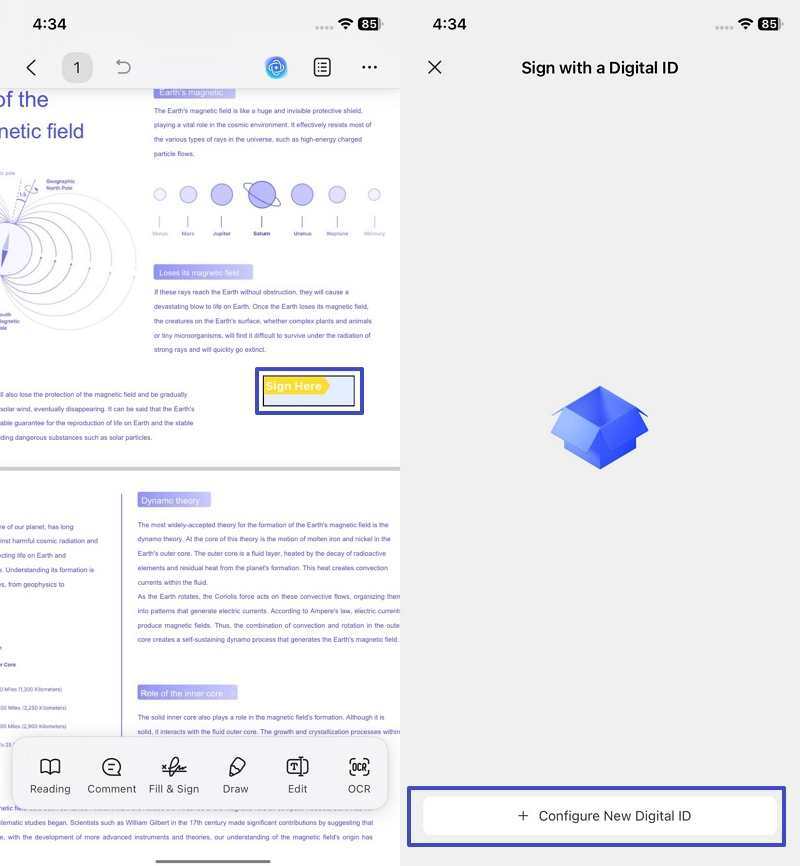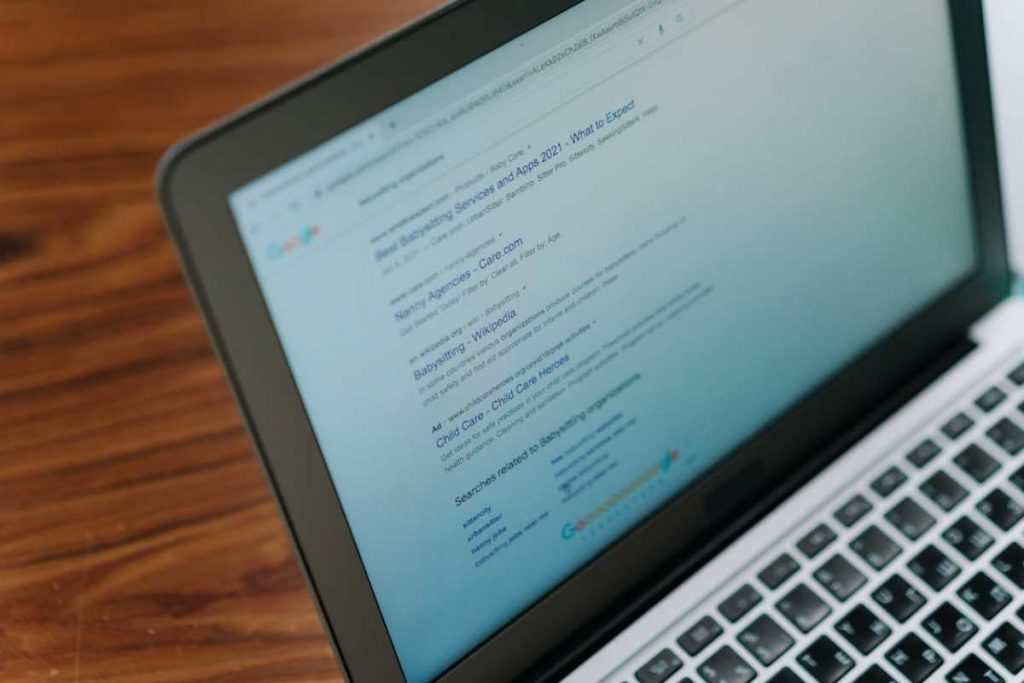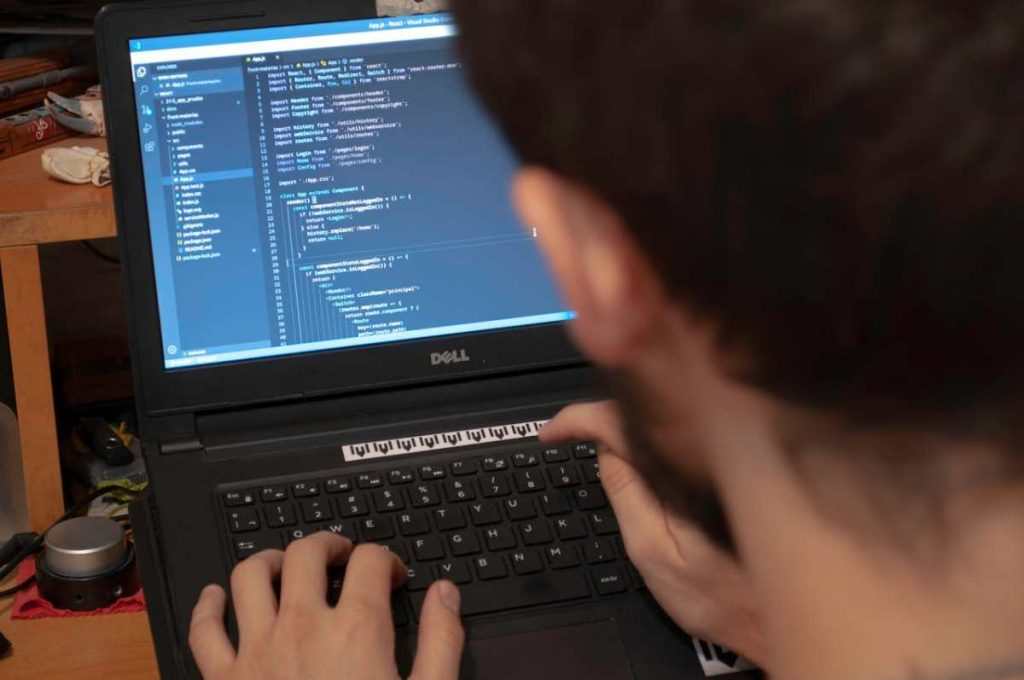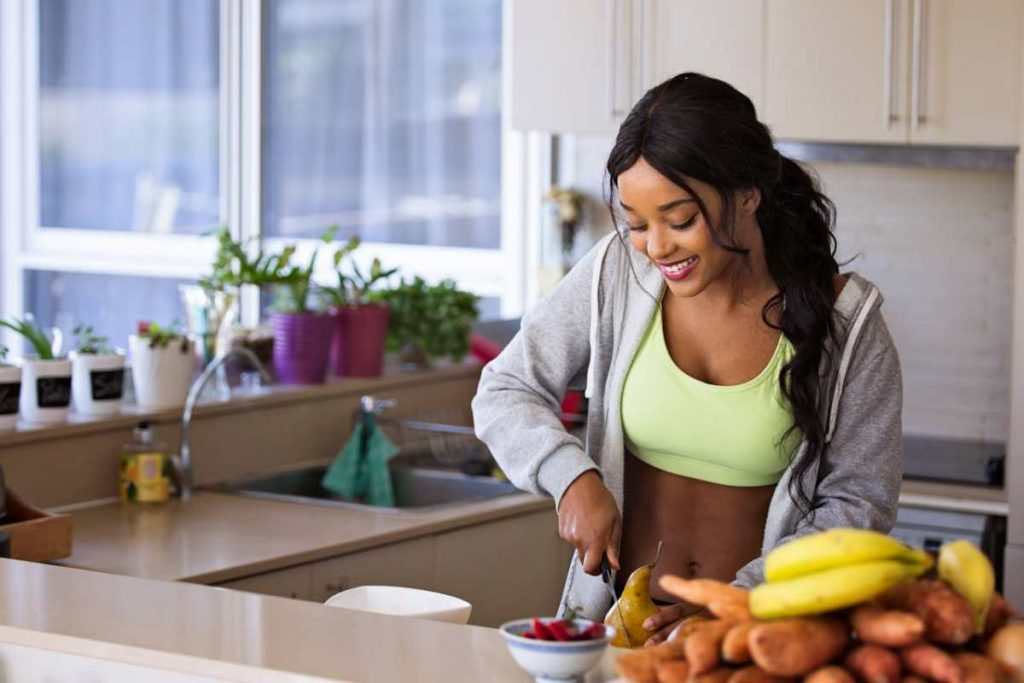In today’s fast-paced business landscape, small businesses face a constant need to innovate and adapt. While marketing strategies, product development, and customer service are often the focus, one crucial aspect of growth is sometimes overlooked: payment processing.
Modern payment platforms are not just convenient tools—they are essential engines driving business efficiency, customer satisfaction, and revenue growth. As consumers increasingly expect seamless, secure, and diverse payment options, small business owners must recognize the transformative potential of adopting advanced digital checkout solutions.

The Shift Toward Digital Payments
The digital era has reshaped consumer expectations in nearly every aspect of daily life, including how people pay for goods and services. Gone are the days when cash and checks dominated transactions. Today, mobile wallets, contactless payments, and online gateways have become standard. Studies show that businesses offering multiple payment options experience higher customer retention and increased average transaction values.
For small businesses, this shift presents both challenges and opportunities. The challenge lies in keeping up with evolving technology and security standards. The opportunity, however, is significant: businesses that embrace modern payment platforms can streamline operations, attract tech-savvy consumers, and position themselves as forward-thinking competitors in their markets.
Enhancing Customer Experience Through Seamless Transactions
At the heart of any successful small business is a positive customer experience. Payment friction—such as slow processing times, complicated checkout steps, or limited payment options—can erode customer satisfaction and even result in lost sales. Modern digital payment platforms are designed to minimize these friction points.
These platforms offer integrated solutions that enable quick, secure transactions across in-store, online, and mobile channels. By consolidating payment processing into a single, user-friendly interface, business owners can focus on delivering value rather than worrying about technical bottlenecks. Moreover, features like recurring billing, one-click payments, and digital receipts contribute to a smoother, more professional customer experience, encouraging repeat business and positive word-of-mouth.
Boosting Efficiency and Reducing Operational Burden
One of the most compelling reasons for small businesses to adopt modern payment platforms is operational efficiency. Traditional payment methods often require manual reconciliation, frequent trips to the bank, and cumbersome tracking of multiple payment types. These processes consume valuable time and resources that could be better spent on strategic growth initiatives.
Modern platforms automate much of this workload. Transactions are recorded in real time, integrated with accounting software, and accompanied by analytics that provide actionable insights. This automation reduces errors, accelerates cash flow, and allows business owners to make informed financial decisions quickly. For small businesses with lean teams, the ability to manage payments efficiently can be a game-changer, freeing up resources to invest in marketing, inventory management, or customer engagement.
Security and Compliance: Protecting Both Business and Customer
In an era of increasing cyber threats, security is not optional—it is a critical component of business sustainability. Modern payment platforms employ advanced encryption, tokenization, and fraud detection systems to safeguard sensitive data. This protects not only customers but also the business from costly breaches or legal complications.
Additionally, regulatory compliance is a key consideration. Payment platforms that adhere to industry standards, such as PCI DSS (Payment Card Industry Data Security Standard), help businesses maintain compliance effortlessly. For small business owners, this reduces the stress of navigating complex regulations while ensuring customer trust—a cornerstone of long-term growth.
Leveraging Analytics for Smarter Business Decisions
Beyond facilitating transactions, modern payment platforms provide valuable insights into customer behavior, sales trends, and operational efficiency. Detailed reporting and analytics empower small business owners to make data-driven decisions that can directly influence growth.
For instance, tracking peak purchasing times, popular product categories, or preferred payment methods allows businesses to optimize inventory, staffing, and promotional strategies. By understanding the financial pulse of their operations, small business owners can respond proactively to market demands, enhancing competitiveness without relying solely on guesswork.
Integrating With a Broader Digital Strategy
Adopting a modern payment platform is not just about improving the checkout experience—it is about integrating payments into a broader digital business strategy. Platforms that offer APIs and integrations can connect with e-commerce sites, customer relationship management systems, and loyalty programs, creating a seamless ecosystem that enhances efficiency and customer engagement.
For example, linking payment data with marketing automation tools enables personalized promotions based on purchasing history. Similarly, integrating payments with subscription models or membership programs can create predictable revenue streams. In this way, digital payment platforms become central hubs for business intelligence and strategic growth.
Choosing the Right Payment Platform
With the variety of options available, selecting the right payment platform can feel overwhelming. Small business owners should consider factors such as ease of use, integration capabilities, transaction fees, security measures, and customer support. The ideal platform balances functionality with simplicity, allowing businesses to scale without unnecessary complexity.
A reliable resource for understanding and comparing modern payment solutions is https://mypaymentsavvy.com/. This platform offers insights into the latest trends, features, and best practices for optimizing payment processing, helping small business owners make informed decisions that align with their growth objectives.
Conclusion
The landscape of commerce is evolving rapidly, and small businesses cannot afford to ignore the importance of modern payment platforms. By enhancing customer experience, streamlining operations, ensuring security, and providing actionable insights, these platforms are becoming indispensable tools for growth. Embracing digital checkout solutions is more than a technological upgrade—it is a strategic move that positions small businesses for sustained success in a competitive marketplace.
In essence, the digital checkout revolution is not a passing trend; it is a fundamental shift in how businesses operate and engage with customers. Small businesses that adopt these platforms proactively will not only meet consumer expectations but also unlock new opportunities for efficiency, revenue, and long-term resilience. Modern payment platforms are no longer optional—they are essential for growth, innovation, and thriving in the digital age.



















